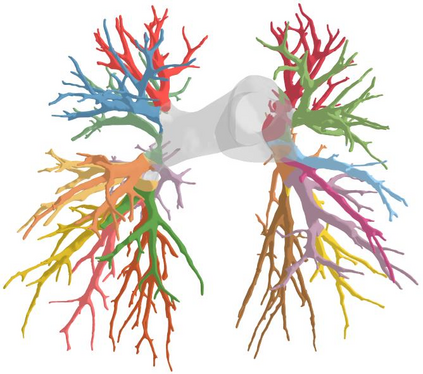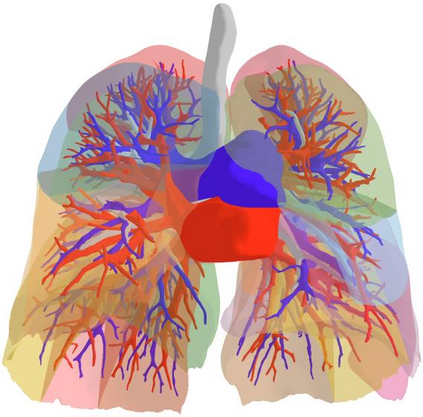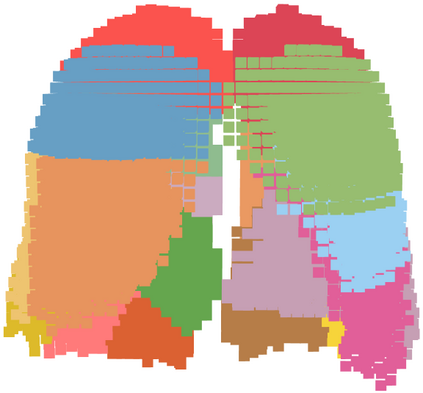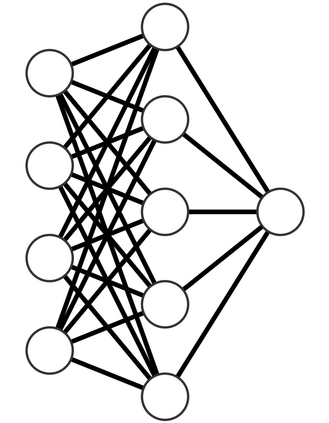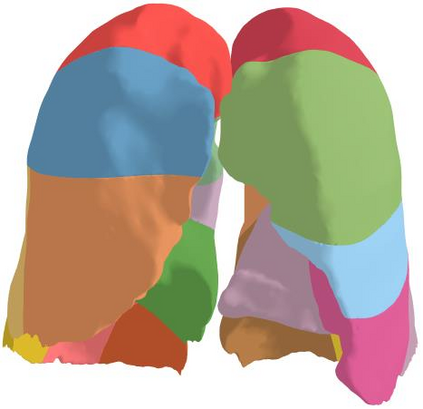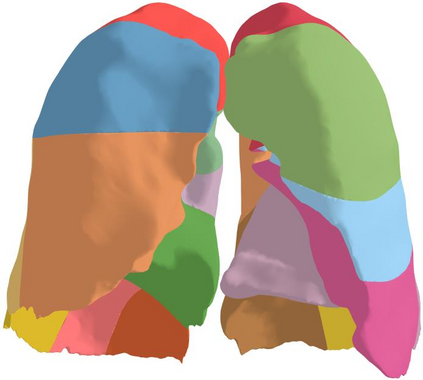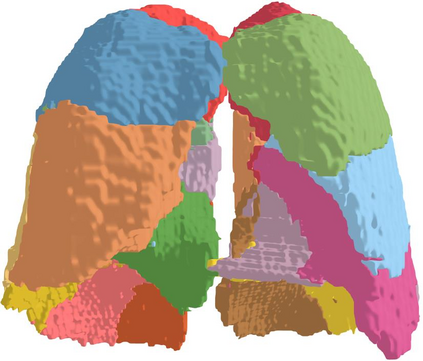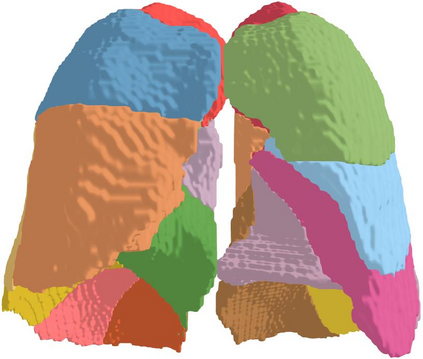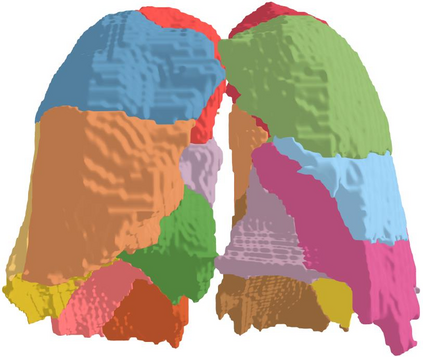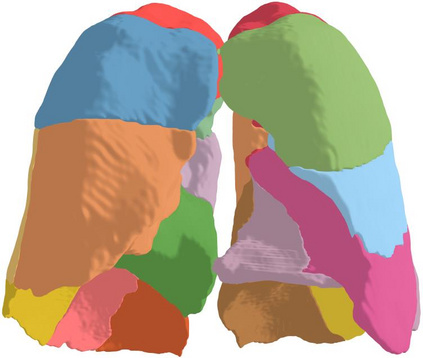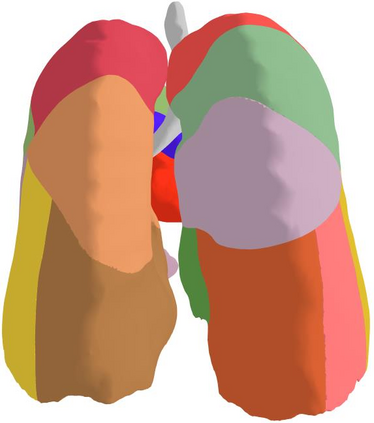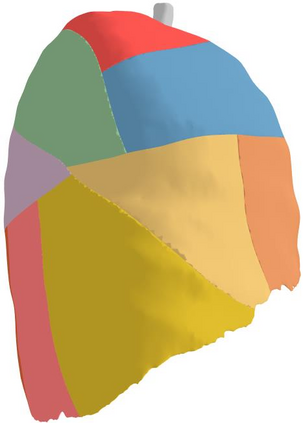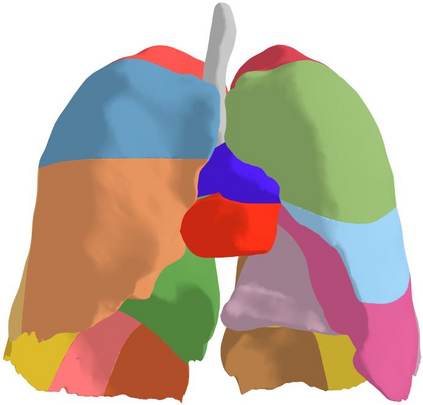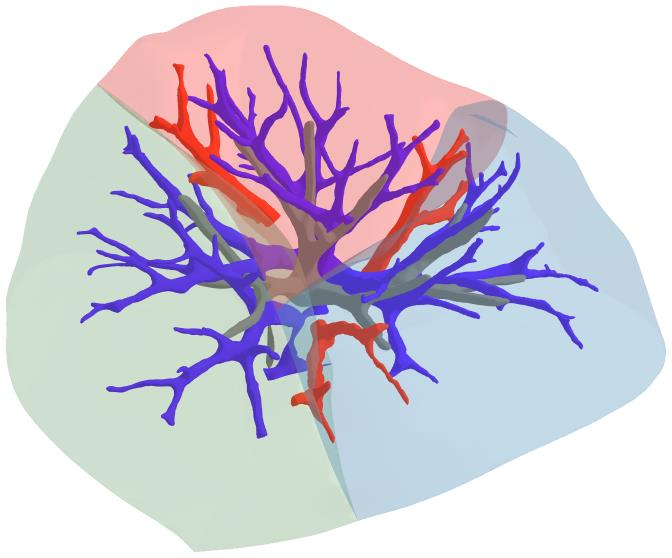3D reconstruction of pulmonary segments plays an important role in surgical treatment planning of lung cancer, which facilitates preservation of pulmonary function and helps ensure low recurrence rates. However, automatic reconstruction of pulmonary segments remains unexplored in the era of deep learning. In this paper, we investigate what makes for automatic reconstruction of pulmonary segments. First and foremost, we formulate, clinically and geometrically, the anatomical definitions of pulmonary segments, and propose evaluation metrics adhering to these definitions. Second, we propose ImPulSe (Implicit Pulmonary Segment), a deep implicit surface model designed for pulmonary segment reconstruction. The automatic reconstruction of pulmonary segments by ImPulSe is accurate in metrics and visually appealing. Compared with canonical segmentation methods, ImPulSe outputs continuous predictions of arbitrary resolutions with higher training efficiency and fewer parameters. Lastly, we experiment with different network inputs to analyze what matters in the task of pulmonary segment reconstruction. Our code is available at https://github.com/M3DV/ImPulSe.
翻译:在肺癌手术治疗规划中,3D肺部部分重建在肺癌手术治疗规划中起着重要作用,这有利于保持肺功能,有助于确保低复发率。然而,肺部部分的自动重建在深层学习时代仍未被探索。在本文中,我们调查了肺部部分自动重建的原因。首先,我们从临床和几何角度对肺部部分进行解剖定义,并提出了符合这些定义的评价指标。第二,我们提议ImPulse (Implit肺部部分),这是为肺部部分重建设计的一个深层隐含表面模型。ImPulse对肺部部分的自动重建是准确的,而且具有视觉吸引力。与罐体分解方法相比,IMPulSe产出了任意决议的持续预测,其培训效率和参数较少。最后,我们试验不同的网络投入,以分析肺部部分重建任务中的事项。我们的代码可在 https://github.com/M3DV/IMS.



